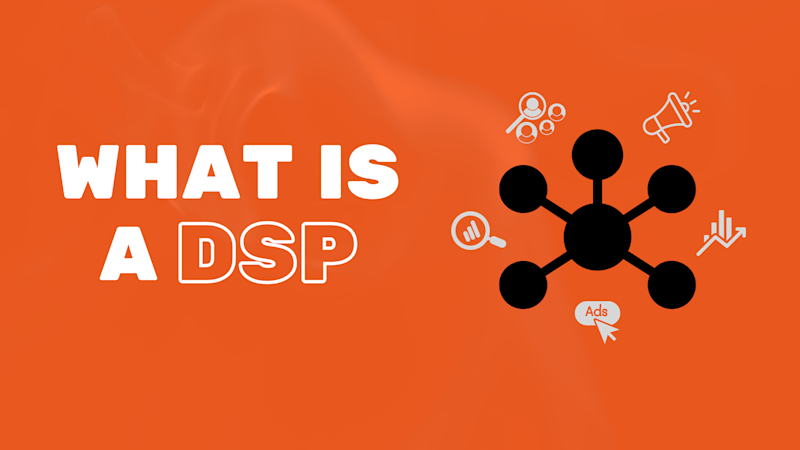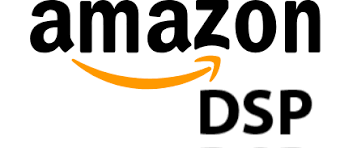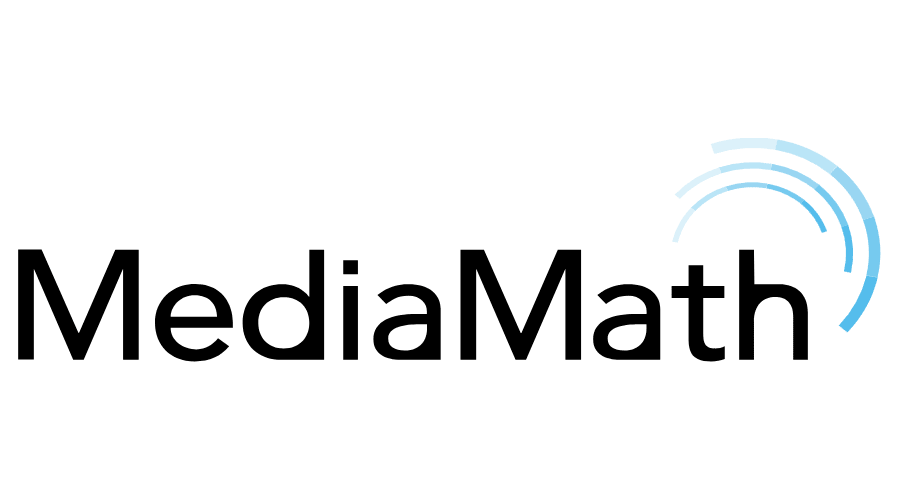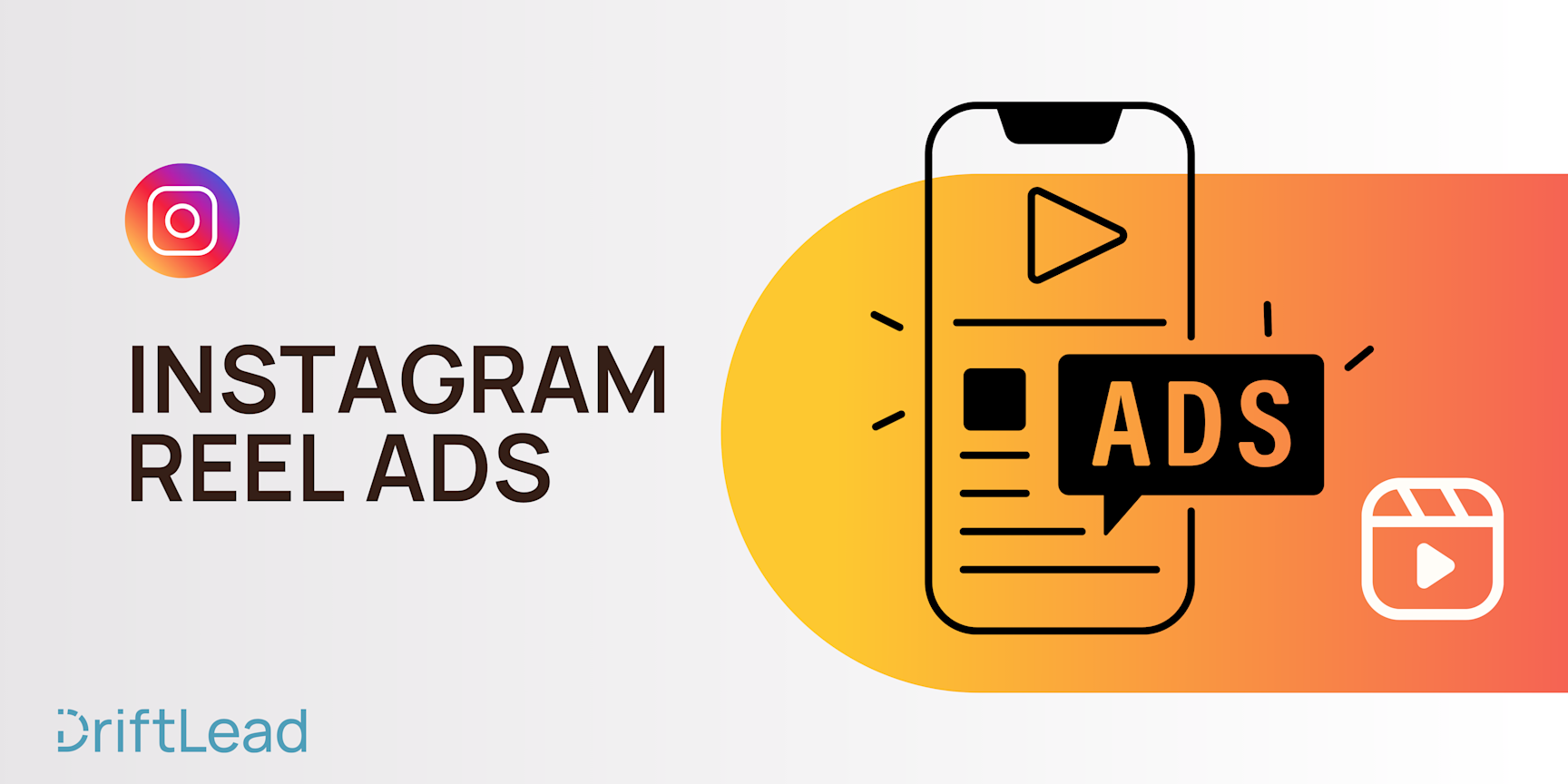What Does DSP Stand For and How Does It Work?
21 Jun, 2024
Learn what a DSP stands for in advertising, how it works, and how you can use it for your own marketing initiatives.

Jump to:
Hop on our weekly newsletter train! We're sharing tips so stellar, we're practically job-threatening ourselves!
If you work in digital advertising in any capacity, you know that acronyms are as abundant as the ads themselves. But what exactly is a DSP, and how does it work?
A DSP is a sophisticated software system that allows advertisers and media buyers to purchase digital ad inventory across multiple ad exchanges and supply sources in real-time. Think of it as a centralized command center for your digital advertising efforts, where you can manage, optimize, and analyze your campaigns across various channels and formats.
But how does this digital advertising powerhouse actually function? And why should you, as a marketer, care about it? Buckle up because we're about to embark on a journey through the fascinating world of DSPs, where algorithms reign supreme, and every impression counts.
What Does DSP Stand For in Advertising?
In advertising, DSP stands for Demand-Side Platform. But what does that really mean? Let's break it down:
"Demand-Side" refers to advertisers and agencies—the folks who want to buy ad space. They represent the demand in the advertising ecosystem.
"Platform" is the technology that makes it all happen—a sophisticated software system that automates the process of buying and managing digital ad inventory.
Put simply, a DSP is a centralized tool that allows advertisers to purchase digital ad space across multiple platforms and channels, all from one convenient dashboard. It's like having a super-efficient personal shopper for your digital ad campaigns.
But why all the fuss about DSPs? Well, they've revolutionized the way digital advertising works. Before DSPs came along, buying digital ad space was a manual, time-consuming process that involved dealing with multiple publishers and ad networks individually. It was about as efficient as trying to herd cats while juggling flaming torches.
Enter the DSP. This nifty piece of technology automates the entire process, allowing advertisers to:
Access a vast pool of ad inventory from multiple sources
Target specific audiences with laser precision
Bid on ad impressions in real-time
Optimize campaigns on the fly
Track and analyze performance across all channels
In essence, a DSP is the Swiss Army knife of digital advertising—a multi-functional tool that streamlines the ad buying process, making it more efficient, cost-effective, and data-driven.
Examples of DSPs
Demand-side platforms (DSPs) are the unsung heroes of the digital advertising world, quietly working behind the scenes to make sure your ads reach the right audience at the right time. You might be surprised to learn that some of the platforms you use or hear about frequently are actually DSPs. Here are a few popular DSPs that advertisers may have used without realizing their full capabilities:
Google Display & Video 360 (DV360)
Google Display & Video 360, part of the Google Marketing Platform, is a comprehensive DSP that allows advertisers to manage and optimize their digital ad campaigns across various formats, including display, video, and mobile. It integrates seamlessly with Google's vast network, providing extensive reach and robust data insights.

Amazon DSP
Amazon DSP enables advertisers to programmatically buy display and video ads both on Amazon's own properties and across the web. It offers access to Amazon's exclusive audience data, making it a powerful tool for reaching potential customers based on their shopping behavior and interests

MediaMath
MediaMath is one of the pioneers in the programmatic advertising space. It offers a comprehensive suite of tools for managing omnichannel campaigns, including display, mobile, video, and connected TV. MediaMath's platform is known for its advanced targeting and optimization capabilities.

The Trade Desk
The Trade Desk is a leading DSP known for its user-friendly interface and powerful data-driven capabilities. It allows advertisers to buy and manage digital ad inventory across various channels, including display, video, audio, and connected TV.

How Does a Demand-Side Platform Work?
Demand-side platforms (DSPs) are sophisticated software systems that automate the process of buying digital advertising inventory. Here's a step-by-step breakdown of how a DSP typically operates:
Campaign Setup
DSPs help advertisers facilitate the campaign setup by allowing them to:
Defining target audience parameters (e.g., demographics, interests, behaviors)
Uploading ad creatives (e.g., display ads, video ads)
Setting campaign budgets and bidding strategies
Specifying campaign goals and key performance indicators (KPIs)
Integration with Ad Exchanges and SSPs
DSPs are connected to multiple ad exchanges and supply-side platforms (SSPs), which aggregate ad inventory from various publishers. This integration allows DSPs to access a vast pool of available ad impressions across different websites, apps, and platforms.
Real-Time Bidding (RTB)
When a user visits a website or app with available ad space, the publisher's SSP sends a bid request to multiple DSPs through an ad exchange. This bid request contains information about the user and the ad placement.
Audience Analysis and Bid Calculation
In a matter of milliseconds, the DSP analyzes the bid request against the advertiser's targeting criteria. If the user matches the target audience, the DSP calculates an appropriate bid based on the campaign's goals and bidding strategy.
Bid Submission
The DSP submits its bid to the ad exchange. This process happens simultaneously with other DSPs, creating an auction for the ad impression,.
Auction Resolution
The ad exchange evaluates all submitted bids and selects the winning bid, typically the highest one that meets any publisher-set criteria.
Ad Serving
If the DSP wins the auction, it receives a notification from the ad exchange. The DSP then serves the advertiser's ad creative to the user's device, where it is displayed on the website or app.
Impression Tracking and Reporting
The DSP records the impression and tracks user interactions with the ad (e.g., clicks, conversions). This data is used to generate real-time reports and analytics for the advertiser
Optimization
Based on the performance data collected, the DSP continuously optimizes the campaign. This may involve adjusting bids, refining targeting, or reallocating budget to better-performing placements or creatives
Machine Learning and AI
Many modern DSPs incorporate machine learning algorithms to improve campaign performance over time. These algorithms analyze vast amounts of data to predict which impressions are most likely to result in desired outcomes for the advertiser
The entire process, from bid request to ad serving, typically occurs within 100 milliseconds. This real-time automation allows advertisers to efficiently reach their target audience across a wide range of digital properties, maximizing the effectiveness of their advertising spend.
Types of DSPs
Demand-side platforms (DSPs) come in various forms to cater to different advertiser needs and campaign objectives. The main types of DSPs are:
Self-Serve DSPs
Self-serve DSPs allow advertisers to have direct control over their campaigns. With these platforms, advertisers can create, manage, and optimize their ad campaigns without external assistance. Here are some advantages of self-serve DSPs:
Complete control over campaign management
Lower overhead costs
Flexibility to make real-time adjustments
Transparency in campaign performance and spending
However, self-serve DSPs require a certain level of expertise and can have a learning curve depending on the platform's complexity.
Full-Service DSPs
Full-service DSPs provide a managed solution where the platform's team handles campaign management on behalf of the advertiser. These DSPs typically offer:
Account managers and sales representatives to oversee campaigns
Expertise in campaign optimization
Reduced workload for the advertiser's team
Full-service DSPs often require a higher minimum budget commitment and may be less flexible for making quick changes
White-Label DSPs
White-label DSPs allow companies to rebrand and resell the DSP technology as their own. This option is popular among agencies and ad tech companies looking to offer programmatic advertising services without developing their own platform.
Mobile-Specific DSPs
These DSPs specialize in mobile advertising, offering features tailored to mobile environments such as in-app advertising, mobile web, and location-based targeting.
Video DSPs
Video DSPs focus on video ad inventory across various platforms, including connected TV (CTV), over-the-top (OTT) services, and online video platforms.
Native Advertising DSPs
These platforms specialize in native ad formats, which blend seamlessly with the content of the websites or apps where they appear.
Cross-Channel DSPs
Cross-channel DSPs give advertisers the ability to manage campaigns across multiple channels, including display, video, mobile, and social media, providing a unified approach to programmatic advertising.
Challenges and Limitations of DSPs
While Demand-Side Platforms (DSPs) have revolutionized display and video advertising, they are not without their challenges and limitations. As the ad tech landscape evolves, DSPs face several hurdles that advertisers and marketers should be aware of:
Inventory Quality
Not all DSPs have access to the same quality of inventory. Some may include low-quality or potentially brand-unsafe sites in their network. Ensuring brand safety and maintaining high-quality placements across a wide range of publishers can be challenging.
Limited Cross-Channel Capabilities
While many DSPs offer multi-channel advertising, truly integrated cross-channel campaigns can be challenging to execute. Coordinating messaging and measurement across display, video, mobile, and emerging channels like Connected TV requires sophisticated technology and expertise.
Cookie Deprecation
As third-party cookies are phased out, DSPs must adapt their targeting and measurement capabilities. This shift is forcing DSPs to explore alternative identification methods and contextual targeting strategies, which may not be as precise as cookie-based targeting.
Ad Fraud Concerns
Ad fraud remains a significant challenge for DSPs. Sophisticated bots and fraudulent traffic can lead to wasted ad spend and skewed campaign metrics. While many DSPs implement fraud detection measures, staying ahead of increasingly advanced fraud techniques is an ongoing battle.
Ad Blocking and Viewability Issues
The rise of ad-blocking technology and concerns about ad viewability pose challenges for DSPs in delivering ads that actually reach and engage the intended audience.
Bid Request Limitation
The sheer volume of bid requests generated in real-time bidding environments can overwhelm some DSPs, leading to missed opportunities and inefficiencies in the bidding process.
Conclusion
Demand-side platforms (DSPs) have fundamentally transformed the digital advertising landscape, offering advertisers unprecedented efficiency, precision, and scalability. By automating the ad buying process and leveraging real-time data, DSPs enable marketers to reach their target audiences more effectively and optimize their campaigns for better performance.
Ready to take your advertising to the next level? DriftLead offers a free marketing plan tailored to your business needs. Visit DriftLead's marketing plan page to get started and discover how you can leverage DSPs to achieve your marketing goals.






